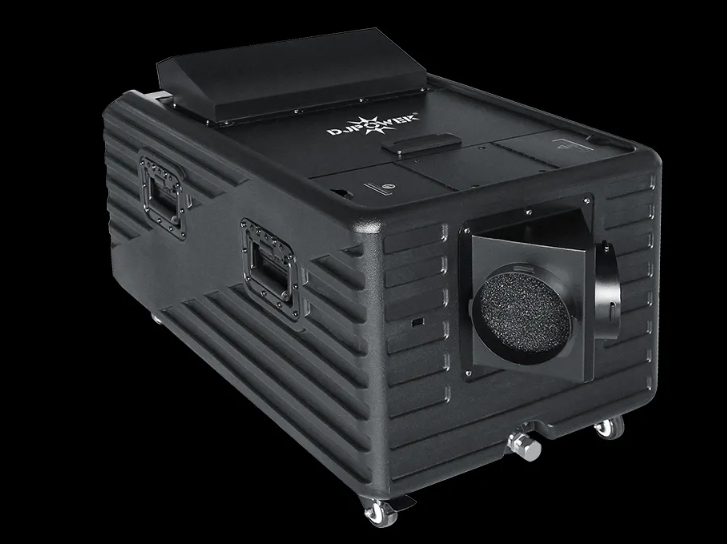Cast iron is an iron alloy containing 2 wt.% – 4 wt.% carbon, 1 wt.% – 3 wt.% silicon and smaller amounts of minor elements. In comparison, steel has a lower carbon content of up to 2 wt.% and a lower silicon content.
Cast iron can also be further optimized by alloying with small quantities of manganese, molybdenum, cerium, nickel, copper, vanadium and titanium before being cast.
Depending on the silicon content of the cast iron, it is classified as either white cast iron or grey cast iron and may be treated further under particular temperatures to produce malleable or ductile cast iron.
General characteristics of cast iron
Cast iron is favored for its ease of casting into complex shapes when molten and for its low cost. In addition, its properties can be easily changed by adjusting composition and cooling rate without major changes in production methods.
Other major advantages over cast steel include ease of processing, vibration damping, compressive strength, wear resistance and corrosion resistance. The corrosion resistance of cast iron is improved by the addition of trace elements such as silicon, nickel, chromium, molybdenum and copper.

Types of cast iron and their applications
Cast iron can be divided into gray cast iron, ductile iron, white cast iron and malleable cast iron according to their composition.
Gray cast iron
Due to the graphite microstructure, gray cast iron or gray iron has a dark gray fracture color. The presence of graphite flakes is due to the addition of silicon, which, in contrast to iron carbide, stabilizes the carbon in graphite form. The composition of gray cast iron is usually 2.5 wt.% - 4.0 wt.% carbon and 1.0 wt.% - 3.0 wt.% silicon .
Gray cast iron applications
Gray cast iron is the most common form of cast iron. It is used for applications where high stiffness, machinability, vibration damping, high heat capacity and high thermal conductivity are advantages, such as cylinder blocks for internal combustion engines, flywheels, transmission housings, manifolds, disc brake rotors and cookware.
A common classification for gray cast iron is ASTM International Standard A48. Under this system, gray cast iron is graded according to its tensile strength, for example, Grade 20 gray cast iron has a minimum tensile strength of 20,000 psi (140 MPa).
Ductile Iron
Ductile iron, also known as nodular cast iron and ductile iron, is defined by the presence of spherical spheroidal graphite, as in malleable iron. Unlike malleable cast iron, ductile iron is not formed by heat treatment of white cast iron, but by a specific chemical composition.
Ductile iron contains 3.2 wt.% - 3.6 wt.% carbon, 2.2 wt.% - 2.8 wt.% silicon and 0.1 wt.% - 0.2 wt.% manganese, as well as small amounts of magnesium, phosphorus, sulfur and copper. The presence of manganese is the reason for the spherical shape of the graphite inclusions.
Ductile Iron Applications
Due to its microstructure, this material is more ductile than gray or white cast iron. Therefore, it is used as ductile iron pipe for water and sewage infrastructure. It can also withstand thermal cycling, so it can be used for vehicle gears and suspension components, brakes and valves, pump and hydraulic components, and wind turbine housings.
Ductile iron is commonly classified as ASTM A536.
White cast iron
White cast iron has a white fracture color due to the presence of iron carbide or carburized Fe3C. The presence of this form of carbon, as opposed to graphite, is due to the lower silicon content compared to gray cast iron. White cast iron typically contains 1.8 wt.% - 3.6 wt.% carbon, 0.5 wt.% - 1.9 wt.% silicon and 1.0 wt.% - 2.0 wt.% manganese.
White cast irons are very wear resistant but brittle. They exhibit high hardness due to their microstructure containing large iron carbide particles and are not easily machined.
White cast iron applications
White cast iron is used for wear resistant parts where brittleness is of least concern, such as shell bushings, slurry pumps, ball mills, lift rods, extrusion nozzles, cement mixers, fittings, flanges, crushers and pump impellers.
A popular grade of white iron is High Chrome White Iron, ASTM A532. it contains nickel and chromium and is suitable for good low impact wear applications.
Malleable Cast Iron
Malleable cast iron is formed by slow annealing heat treatment of white cast iron. This results in the conversion of carbon to graphite in the form of iron carbide in white cast iron, with the remaining matrix consisting of ferrite or pearlite . Graphite is present in the form of spherical or nodular shapes.
Malleable cast iron exhibits good ductility and good ductility. It exhibits good fracture toughness at low temperatures due to its low silicon content compared to other cast irons.
Malleable cast iron applications
Due to its good tensile strength and ductility, malleable cast iron is used in electrical fittings and equipment, hand tools, pipe fittings, gaskets, brackets, agricultural equipment, mining hardware, and machine parts.
A common classification of malleable cast iron is ASTM A47.
More inforamtion please click here

没有评论:
发表评论